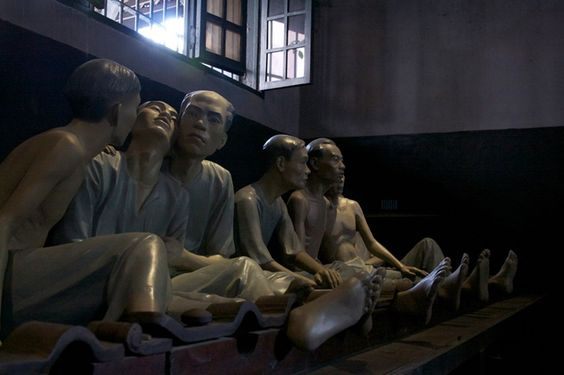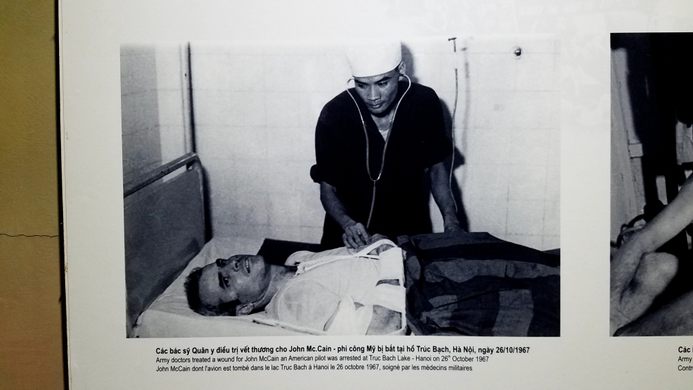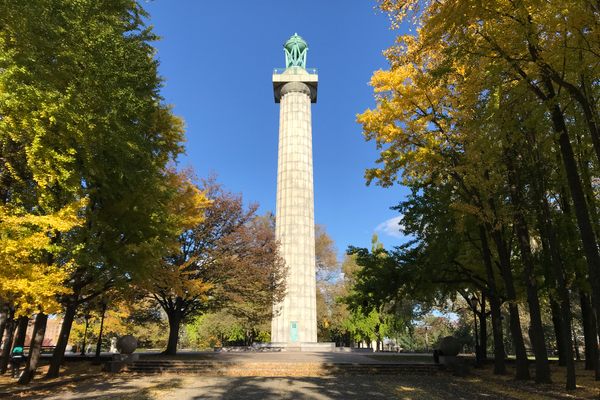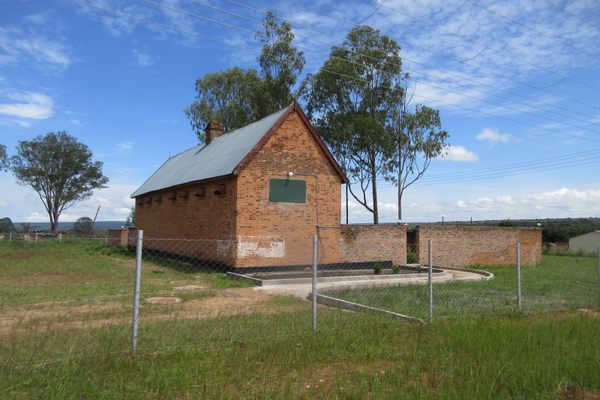Hỏa Lò Prison
The notorious "Hanoi Hilton" where Vietnamese colonial subjects and later American POWs, including John McCain, were imprisoned.
The French called it Maison Central, a generic name for a colonial prison. The Vietnamese knew it as Hỏa Lò, which translates to “fiery furnace,” after the wood stove shops common in the surrounding neighborhood. Westerners know it best as the Hanoi Hilton. Whatever its name, the notorious prison housed a century of torture within its walls.
The Hỏa Lò prison opened in 1886, when Vietnam was under French colonial rule as part of Indochina. Most of its prisoners at that time were political agitators. The Vietnamese nickname “Hỏa Lò” (“furnace” or “stove”) came to be a double entendre for the prison’s hellish treatment. Its capacity was stretched from a few hundred to 2,000 prisoners living in squalid conditions, chained to walls by the dozen.
The prison had become the symbol for France’s oppression of Vietnam, so when the French were ousted from Hanoi in 1954, the Vietnamese repurposed the prison as their own. When Americans invaded, the North Vietnamese designated a special section specifically for prisoners of war.
The American prisoners were mostly Air Force pilots, shot down from the sky and collected from the jungle. They often came to Hỏa Lò injured, and their conditions only worsened from there. U.S. Senator John McCain was one such inmate. He was captured and taken to Hỏa Lò with a broken knee, among other injuries. The prison authorities refused to treat him until they discovered his father was a high ranking admiral.
McCain stated that this was why, “there were hardly any amputees among the prisoners who came back.” The North Vietnamese would not waste their time providing medical care. Though Vietnam had agreed to the terms of the Geneva Convention, prohibiting cruel and unusual treatment of prisoners of war, rumors of brutal torture and solitary confinement at the “Hanoi Hilton” grew infamous throughout the military.
Toward the end of the war, the POWs were slowly released from Hỏa Lò. It continued to imprison political rebels for two decades, but in 1990 the prison was shut down and mostly demolished to make way for high rises in developing Hanoi.
The piece of the historic prison that remains is preserved as a museum. The Vietnamese government maintains that reports of POW torture during the Vietnam War are fabrications, despite many accounts from previous inmates. As such, the exhibit from this era shows photos of American prisoners living a comfortable life: playing chess, raising chickens, etc. Artifacts from well-known prisoners are also on display, including McCain’s flight suit and parachute.
The bulk of the museum focuses on the French Colonial period, and does not shy away from showing torture in detail. The stocks, the cramped solitary confinement cells, and the guillotine room are only a glimpse of the heinous treatment prisoners received at Hỏa Lò.



































Follow us on Twitter to get the latest on the world's hidden wonders.
Like us on Facebook to get the latest on the world's hidden wonders.
Follow us on Twitter Like us on Facebook